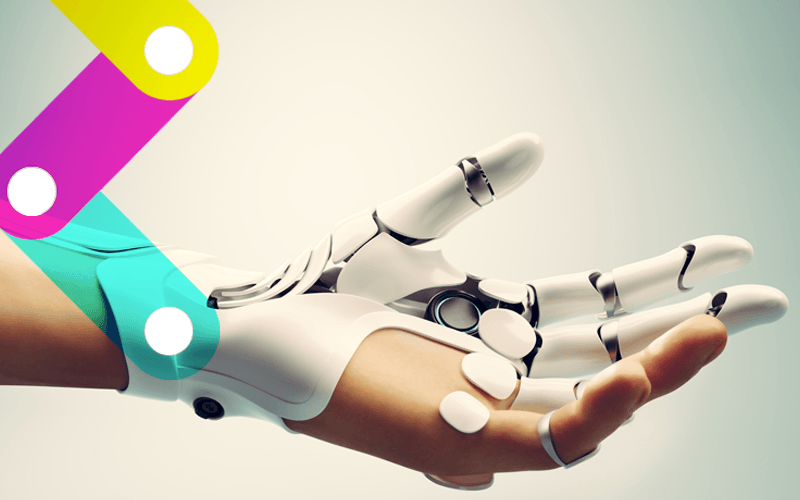A sensorimotor PROsthesis for the upper LIMB (PROLIMB)
To model, design, fabricate and validate an affordable body-powered prosthetic fingertip digit with integrated mechanical haptic feedback.

1 January 2021
Abstract
The finger and fingertip are the most frequently amputated body parts, due to work-related incidents. Yet because of space, weight and cost constraints, prosthetic fingers and fingertips are heavy and bulky with limited active motion and sensation.
The aim of this project is to model, design, fabricate and validate an affordable body-powered prosthetic fingertip digit with integrated mechanical haptic feedback. It will do this by combining synergetic expertise in developing parameterised mathematical models of limb motion from the University of Warwick (UoW) and in creating soft, stiffness-controllable robotic structures and haptic feedback interfaces from University College London (UCL). Of key importance is its transformative nature, which we will achieve through close collaboration with (1) clinical experts from University Hospitals Coventry and Warwickshire (UHCW) and the UHCW Innovation Hub, who will provide consultation and clinical input throughout; and (2) strategic project partners, namely the Steeper Group and Ottobock SE & Co. KGaA, world leaders in the development of prosthetic devices; the Global Disability Hub CIC (GDI Hub), working with local communities, academics, experts and disabled people to drive innovation, co-design and collaboration; and e-NABLE, a worldwide charity that creates free protheses for those in need of an upper limb assistance.
The objectives of the project are therefore: 1). to obtain an in-depth understanding of finger(tip) movements to recover hand functionality and the development of novel mathematical models that can accurately characterise and reproduce such movements. this will be achieved through the generation of a comprehensive portfolio of human hand grasps used in current everyday activities and validated mathematical models that can reproduce such taxonomies, compared to pre-existing models. 2). To create a pneumatically actuated, body-powered prosthetic fingertip with integrated haptic sensing feedback. This will be achieved through analysis comparing the design capabilities of the prosthetic fingertip when compared to human finger motion, testing the forces exerted using the prosthetic fingertip using appropriate experimental techniques. 3). To perform complete integration and validation of the mathematical models and body-powered prosthetic fingertip developed through verification in motion capture (gait) laboratories using patients in controlled environments as well as long-term validation studies.
 Close
Close

